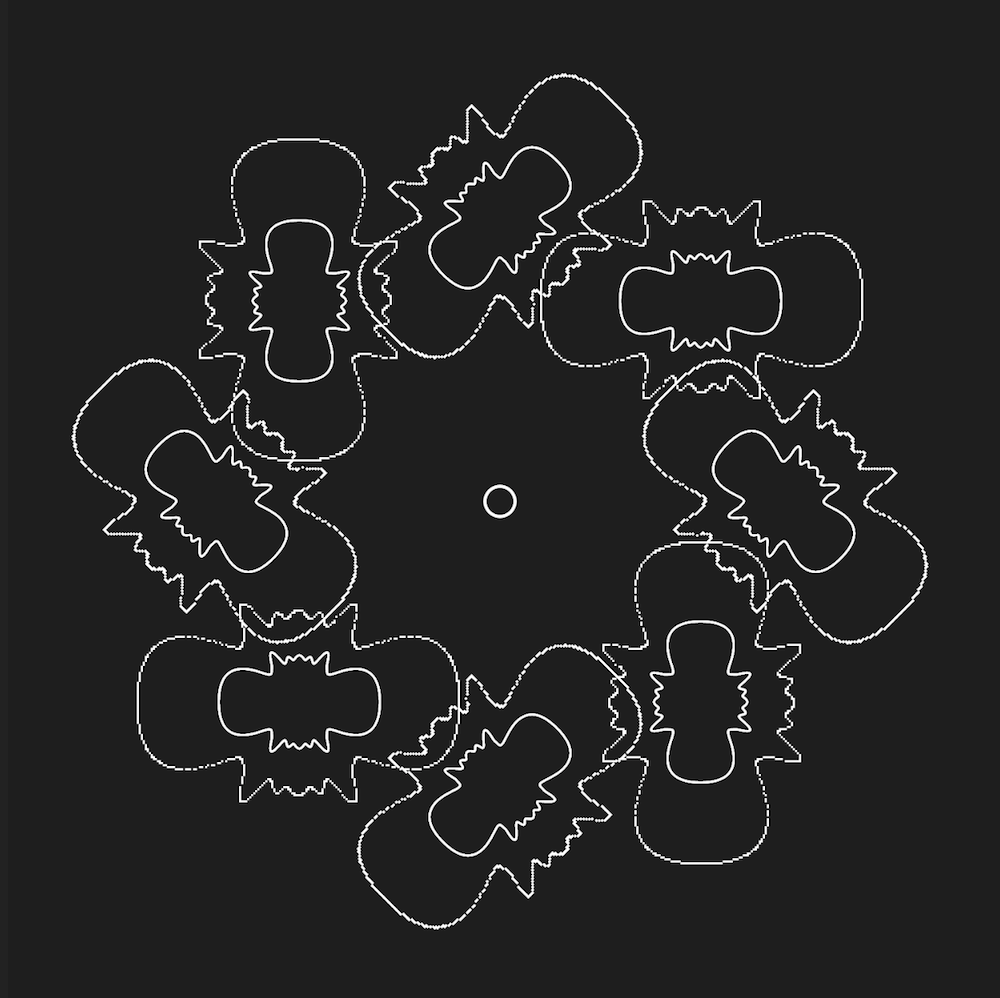Class 03 | Oscillation| Polar Roses | Example
Class 03 | Design a creature with oscillating parts (legs, wings, antennae, etc.) Consider tying the speed of oscillation to the speed of the creature's linear motion. Can you make it appear that the creature's internal mechanics (oscillation) drive its locomotion?
I decided to experiment on Polar Roses for this week assignment.
Once I’ve brushed up on my trigonometry and understood to a certain level on how to implement its logic with code, I played around with rotation and sin, cos and their abilities to manipulate shapes.
I wanted to make a pattern generator creating a generative pattern from this algorithm.
I think my question is I couldn’t successfully get the object to attract each other and I don’t know why it’s not working. I tried to get the mover’s object(flower) to animate according to the attractor’s radius(circle in the middle). The circle would be getting bigger and smaller in the middle.
EXPERIMENT 01
EXPERIMENT 02











